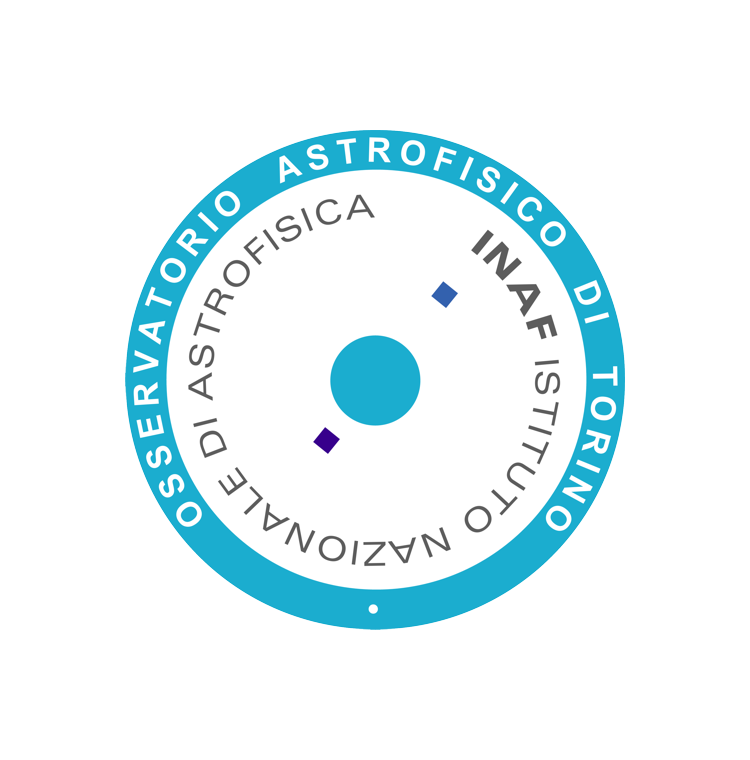Exoplanet atmospheres at high spectral resolution: toward statistical surveys
Dr. Romain Allart
iREx, Université de Montréal
Sala Seminari Villa Magliola
INAF-OATo
Abstract
Astronomy has a bright future in the coming decades with state-of-the-art telescopes such as the James Webb Space Telescope and the Extremely Large Telescopes leading to unprecedented in-depth characterization and the multiplication of small ground-based instruments and space missions unlocking large-scale surveys.
The field of exoplanets is no exception with intended groundbreaking results on their demography, formation, evolution, chemistry, and potential detections of Earth-like planets and biosignatures.
By analyzing the atmosphere of exoplanets, we can determine their chemistry, dynamics, and climate delivering knowledge on the evolution and formation of exoplanets.
At high spectral resolution, planetary lines are resolved, which provides more details on the atmospheric structure and their profile informs us on their dynamics (wind patterns, atmospheric escape, …).
In this talk, I will present how in the near future medium-class telescopes with state-of-the-art high spectral resolution spectrographs can be used to build atmospheric surveys enabling statistical constraints on the evolution and formation of exoplanets.
I will discuss the homogeneous study of the upper atmosphere of 11 exoplanets observed with SPIRou through the near-infrared helium triplet.
Finally, I will outline the NIRPS spectrograph (operations starting April 1st) and the objectives of its consortium as well as their 725 nights of guaranteed time observations.

Artistic image about exoplanets discover. Credits: Denis Bajram

